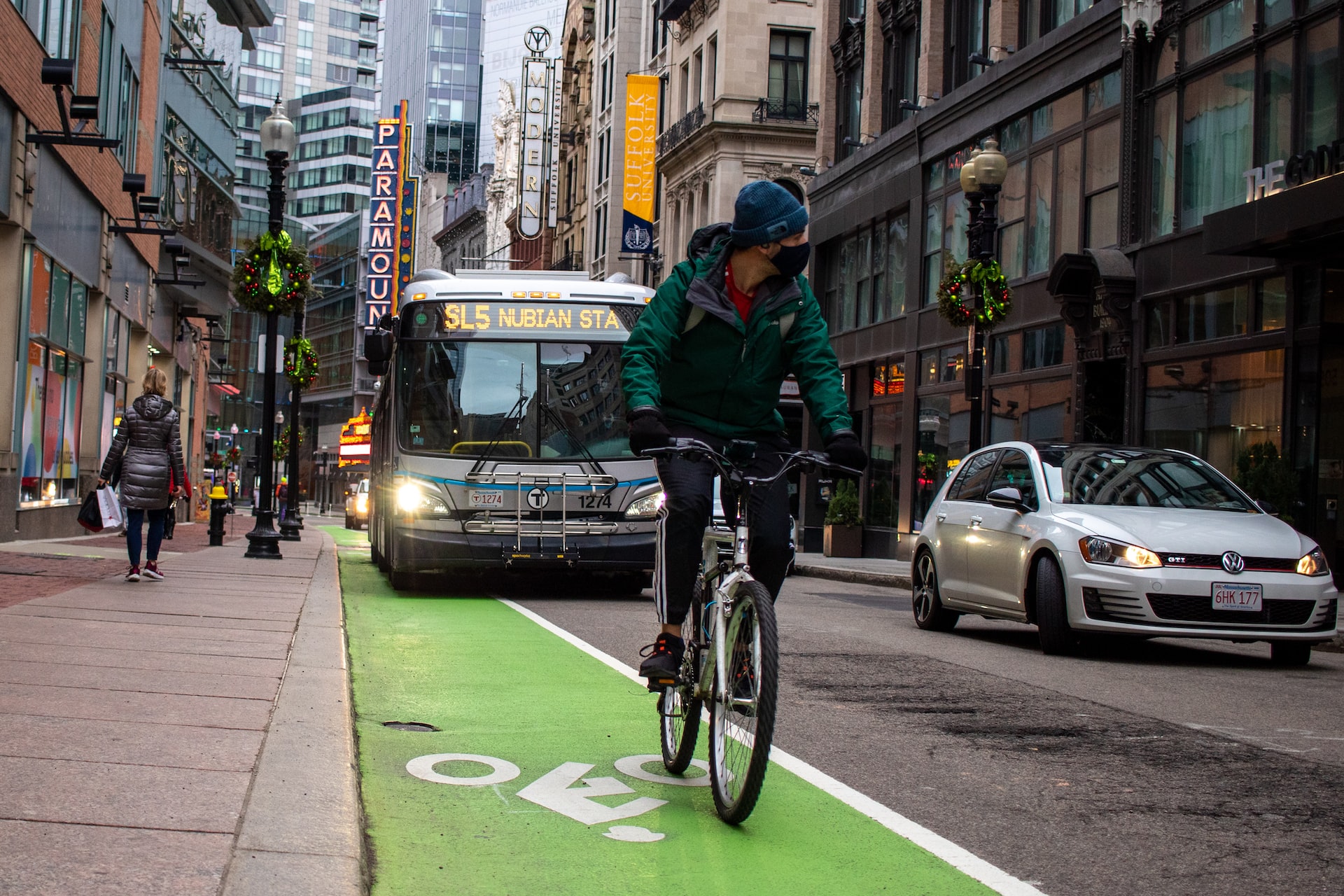Transportation in Chicago is a diverse and complex topic that is crucial for both residents and visitors to understand in order to navigate the city efficiently and safely. Chicago is the third most populous city in the United States, and as such, it offers a wide variety of transportation options for getting to and around the city. Whether you’re coming from a nearby city or travelling from across the country, there are multiple options for getting to Chicago, including by car, train, bus, or plane. Once you’re in the city, you can also choose from a variety of options for getting around, including public transportation, biking, and driving. However, it’s important to note that each mode of transportation has its own set of pros and cons, including ease, cost, and safety. In this blog post, we’ll take a comprehensive look at the various transportation options available in Chicago, and provide tips and insights to help you make the best choice for your needs.
Getting to Chicago:
If you’re coming from a nearby city, the most convenient option for getting to Chicago is likely by car. The city is easily accessible via several major highways, including I-90, I-94, and I-55. However, keep in mind that traffic can be heavy during rush hour, and parking in the city can be expensive and hard to find.
Another popular option for getting to Chicago is by train. The city is served by several major Amtrak lines, including the Empire Builder, the Hiawatha, and the Lincoln Service, which connect Chicago to cities across the Midwest and the rest of the country. The city is also served by the Metra commuter rail system, which provides service to nearby suburbs.
If you’re travelling from further away, flying into Chicago O’Hare or Midway airports is likely the most efficient option. Both airports are well-connected to the city via public transportation, as well as by car and taxi.
Getting Around Chicago:
Once you’re in the city, there are several options for getting around. The Chicago Transit Authority (CTA) operates an extensive public transportation system, including buses and the ‘L’ (elevated train), which cover much of the city and the nearby suburbs. This can be the most cost-effective and efficient option for getting around the city, especially if you’re travelling during rush hour when traffic can be heavy.
Another popular option for getting around Chicago is by bike. The city has an extensive network of bike lanes and bike-sharing options, including Divvy, which makes it easy to rent a bike for a short period of time.
If you’re planning on driving in the city, it’s important to keep in mind that traffic can be heavy during rush hour, and parking can be expensive and hard to find. The city also has a robust ride-sharing scene, with multiple options such as Uber and Lyft.
Ease, Cost, and Safety:
Each mode of transportation in Chicago has its own set of advantages and disadvantages when it comes to ease, cost, and safety. For example, while driving may be the most convenient option for getting to the city, it can also be the most expensive and the least safe. Public transportation, on the other hand, is generally the most cost-effective option, but it can also be crowded and less convenient during rush hour.
When it comes to biking, the city has made significant investments in bike infrastructure and bike-sharing programs, making it a safer and more convenient option for getting around. However, biking in the city can also be challenging during rush hour and in inclement weather.
Overall, the best option for transportation in Chicago will depend on your individual needs and preferences. By considering factorssuch as cost, ease, and safety, you can make an informed decision about the best mode of transportation for you. For example, if cost is your primary concern, public transportation or biking may be the best options. If you value convenience and ease, driving or taking a ride-sharing service may be the way to go.
In terms of safety, it’s important to consider the crime rate in the area you’ll be travelling to, as well as the overall condition of the transportation infrastructure. For example, some areas of the city may be known for having higher crime rates, and it may be safer to take a ride-sharing service or a taxi instead of taking public transportation. Additionally, it’s important to be aware of the condition of the roads, sidewalks, and bike lanes, as well as the traffic and weather conditions when planning your trip.
In conclusion, transportation in Chicago is a diverse and complex topic, with many options available for getting to and around the city. By considering factors such as cost, ease, and safety, you can make an informed decision about the best mode of transportation for your needs. Whether you’re a resident or a visitor, understanding the transportation options in Chicago is essential for navigating the city efficiently and safely.



